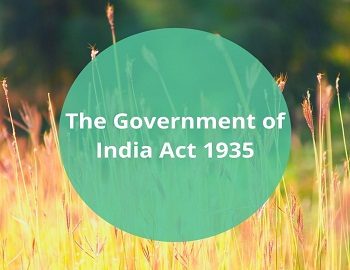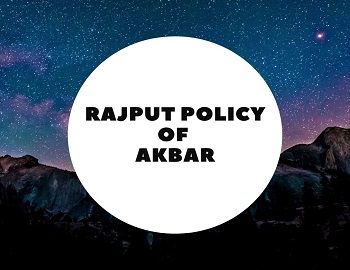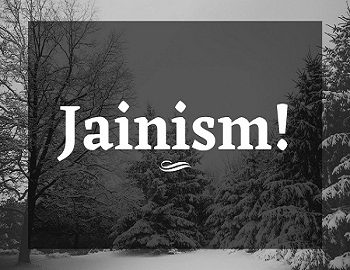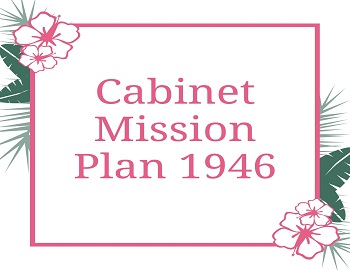Akbar Land Revenue System:
Akbar made some experiments in the land revenue administration with the help of Raja Todar Mal. The land revenue system of Akbar was called Zabti or Bandobast system. It was further improved by Raja Todar Mal. It was known as Dahsala System which was completed in 1580. By this system, Todar Mal introduced a uniform system of land measurement. The revenue was fixed on the average yield of land assessed on the basis of the past ten years. The land was properly measured into Bighas with the help of bamboo jaribs joined together with iron rings so there was no danger of its contraction and expansion in summer or in winter. All the cultivated land was classified into four division- Polaj, Parauti, Chachar and Banjar. The Polaj land was always cultivated and was never allowed to be fallow; the Parauti land was allowed to fallow for a year or two to recover its strength; the Chachar land had to be left uncultivated for three or four years, and Banjar land had to be left fallow for five years or more. The total production of each Bigha of the first three kinds of land was determined separately. The share of the state was fixed at one-third of the total produce. The cultivators were allowed to pay their dues in cash or kind but cash payments were preferred in the case of perishable commodities. For fixing prices of each commodity, an average of the last ten year’s prices was taken. For bringing the Banjar land under cultivation, loans were advanced to the cultivators, so that they might employ extra labour. In case of famine and drought or other unexpected calamities, remission was granted and even loans were given for the purchase of seeds and cattle etc. The revenue collectors were asked to be friendly towards the cultivators and not to oppress them on any account. As a result of these measures, the revenue of the state greatly increased, the cultivators became better off and the country became prosperous. The revenue system was applied to northern India, Gujarat and with some modification to the Deccan.









Comments (No)